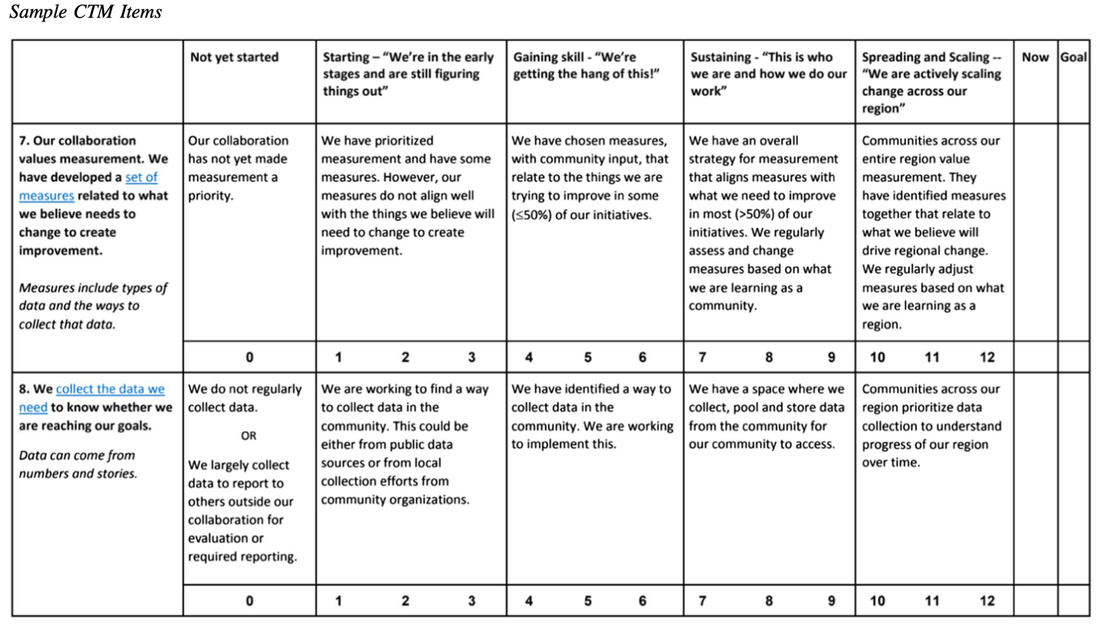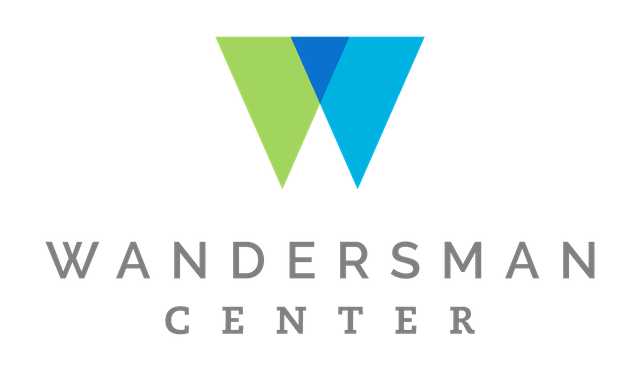 I know that many of you are interested in community transformation. Therefore, you might be interested in our work on developing a Community Transformation Map. Below is a blog post from the Institute for Healthcare Improvement’s website. Editor's note: This piece was originally published by the Institute for Healthcare Improvement on August 3rd and has been reposted here with the author's permission. Community-level change is likely to be our best bet for chipping away at pervasive health inequities, yet communities are each nestled inside local, regional, and national policies, attitudes, and expectations. Can such diverse ecosystems be changed? Yes, but it requires more than change. It requires a transformation. To meet this challenge, the Spreading Community Accelerators through Learning and Evaluation (SCALE) initiative from the Institute for Health Improvement — in partnership with Communities Joined in Action, Community Solutions, and Network for Regional Healthcare Improvement — developed a community transformation roadmap for achieving a culture of health. The development, use, and evaluation of this roadmap is described in the American Journal of Orthopsychiatry and summarized below. SCALE helped communities around the United States shift from focusing on problems to embracing adaptation, abundance, and connection: becoming a Community of Solutions. Based on the literature of sustainable development, being a Community of Solutions requires three catalysts of change:
A Tool for Transformation The complexities of community relationships, improvement, and equity are distilled into a 40-item tool for assessing and planning community transformation called the Community Transformation Map (CTM). It took nearly a year for the CTM to be developed and refined by a SCALE workgroup of implementation scientists, evaluation experts, and community leaders. The workgroup scanned the community change literature for similar tools, cross-referenced items against these resources, and conducted multiple feedback rounds with participating community coalitions. Each item is graded on a five-level maturity map ranging from “not yet started” to “spreading and scaling.” (See Figure 1 below.) Figure 1 — Sample Community Transformation Map items Using the Community Transformation Map The CTM brings community members together to reflect, reconcile perspectives, and chart an action plan. As the authors of the American Journal of Orthopsychiatry article state:
Each coalition self-administers the CTM semi-annually and uses the information to revise their improvement plans. Community Response to the CTM The first cohort of community coalitions that used the CTM completed it twice a year for two years. Interviews showed a favorable perception of the CTM, stating for example: “[It] actually gave a structure to the discipline we needed to keep going and saying: ‘Are we where we want to be? Are we doing what we want to be doing? Are we making a difference?’” The greatest value is in breaking down the complexities of transformative change into digestible, actionable pieces. One coalition used the CTM for assessment, goal setting, and gauging progress
CTM offers an adaptable, coalition-led process for understanding complex change. As such, it continues to be adapted and refined. For example, the Georgia Health Policy Center and County Health Rankings & Roadmaps adapted CTM items into the Assessment for Advancing Community Transformation, a self-assessment for communities to understand improvements in health and equity. With future applications, we can continue to learn how to make transformation achievable.
Ariel Domlyn is a doctoral candidate in Clinical-Community Psychology at the University of South Carolina and a co-author (with Jonathan Scaccia, Niñon Lewis, Shemekka Ebony Coleman, Gareth Parry, Somava Saha, Abraham Wandersman, and Rohit Ramaswamy) of “The community transformation map: A maturity tool for planning change in community health improvement for equity and well-being” recently published in The American Journal of Orthopsychiatry. You may also be interested in:
Tags: Triple Aim for Populations, 100 Million Healthier Lives, Community
0 Comments
Leave a Reply. |
Categories
All
Archives
September 2023
|


 RSS Feed
RSS Feed
